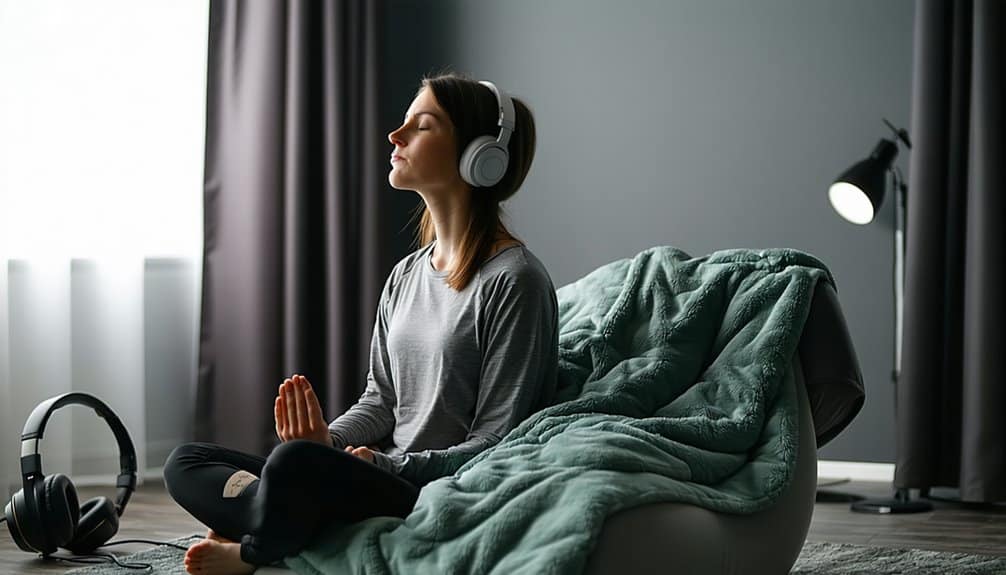Anxiety affects millions of people worldwide and manifests through physical symptoms, racing thoughts, and feelings of uneasiness. While professional treatment remains the most effective approach for managing anxiety disorders, specific techniques can help reduce symptoms and improve daily functioning. Here are three evidence-based methods that individuals can use to manage anxiety symptoms when they arise:
Performing Deep Breathing Exercises
Deep breathing exercises activate the body’s relaxation response and help counteract the physical symptoms of anxiety. When anxiety occurs, breathing often becomes shallow and rapid, which can worsen feelings of panic and uneasiness. Focusing on breathing can redirect your thoughts and help reduce feelings of stress or anxiety.
The diaphragmatic breathing technique involves breathing deeply through the diaphragm rather than shallow chest breathing. To practice this method, place one hand on the chest and another on the stomach. Breathe in slowly through the nose, allowing the stomach to rise while keeping the chest relatively still. Exhale slowly through the mouth, letting the stomach fall naturally.
Another effective method is the 4-7-8 breathing pattern. Inhale through the nose for four counts, hold the breath for seven counts, then exhale through the mouth for eight counts. This pattern helps slow the heart rate and promotes a sense of calm. Regular practice of these breathing techniques makes them more effective during anxious moments. Practicing for five to ten minutes daily helps build familiarity with the process and makes the techniques more accessible when needed.
Utilizing Progressive Muscle Relaxation
Progressive muscle relaxation involves systematically tensing and relaxing different muscle groups throughout the body. This technique helps reduce physical tension that accompanies anxiety and creates awareness of the difference between tense and relaxed states. Progressive muscle relaxation proves particularly beneficial for individuals who experience physical symptoms of anxiety, such as muscle tension, headaches, or restlessness.
The process begins with finding a comfortable position, either sitting or lying down. Starting with the feet, tense the muscles for five to ten seconds, then release and notice the sensation of relaxation. Move systematically through each muscle group, including the calves, thighs, abdomen, hands, arms, shoulders, neck, and face.
Employing Grounding Techniques
Grounding techniques help redirect attention away from anxious thoughts and toward the present moment. These methods use the senses to create awareness of the immediate environment and can quickly interrupt anxiety spirals. The 5-4-3-2-1 technique engages all five senses systematically. Identify five things you can see, four things you can touch, three things you can hear, two things you can smell, and one thing you can taste.
Physical grounding techniques involve connecting with the physical environment. These include holding a cold object, walking barefoot on grass, or pressing feet firmly against the floor. Mental grounding techniques use cognitive processes to redirect thoughts, such as counting backward from 100 by sevens, naming all the states in alphabetical order, or describing a familiar place in detail. These activities require concentration and help interrupt anxious thought patterns.
Get Help With Anxiety
Combining these methods creates a comprehensive approach to anxiety management. Different techniques may prove more effective for different individuals, so experimenting with each method helps identify the most beneficial approaches. Regular practice of these techniques builds proficiency and makes them more accessible during periods of heightened anxiety. While these methods can be helpful for managing symptoms, persistent or severe anxiety may require professional evaluation and treatment.







